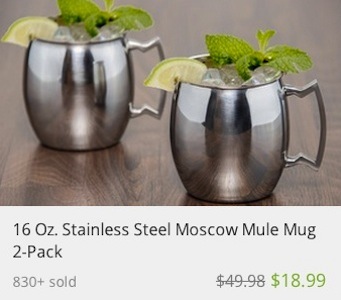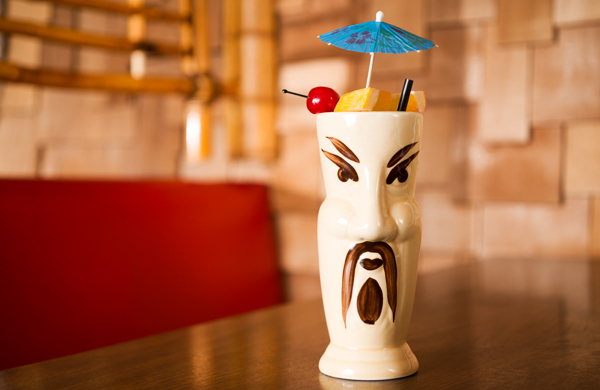
Once spoken by tiki's founding father Donn Beach, the words below should, ideally, echo through the low-lit interiors of every self-respecting tiki bar. Each of these tropically inspired watering holes has embraced Beach’s model of appropriated paradise: bamboo, leis, beaded curtains, thatched roofs providing cover from nothing at all, and, most importantly, rum.
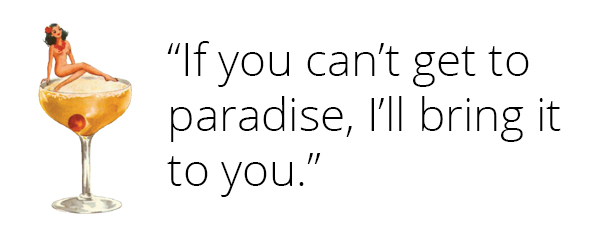
There is something totally intoxicating about tiki. And it isn’t just the drinks—though they certainly don’t hurt. Tiki is inauthentic but nonetheless charming. It’s a little piece of paradise that even the most fervent haters of kitsch can learn to love after sipping a cool drink. If you can allow yourself to get swept away, what you’ll find is anyone’s iteration of paradise.
In an effort to expand my knowledge of all things tiki, I made the trek to Hala Kahiki Lounge, located just beyond the western edges of Chicago city limits. Clocking in at a distance of barely 8 miles from home, the commute gave the miniature excursion an air of adventure. I was going to get drunk in the suburbs.

The dark, wooden exterior of Hala Kahiki (meaning pineapple in Hawaiian) looks imported straight from the lush islands. The inside of the bar is dark, too, but still welcoming. Beneath shaded lamps, sculptures of bare-breasted women in little more than a plaster lei swing in a perpetual hula, and the long bar is rimmed with squishy padding wrapped in leopard-print vinyl. Soft luau music floats out from invisible speakers. And aside from one other couple in the back, I am alone with the bartender.
The menu is long, listing more than 100 drinks but providing no actual information about what’s in them. Instead of ingredients, you get anecdotes—funny little guarantees that whatever is in this drink will most certainly get you in the mood for just about anything. This pseudo-secrecy may be an homage to Donn Beach. The rum-running genius behind tiki, Beach guarded his over 80 (patented) cocktail recipes so closely, not even the bartenders knew what was in them. Pouring from unbranded bottles, they crafted each cocktail from a recipe of numbers. The only label each bottle wore was a numeral, maintaining a level of secrecy that kept Beach ahead of the game for years.
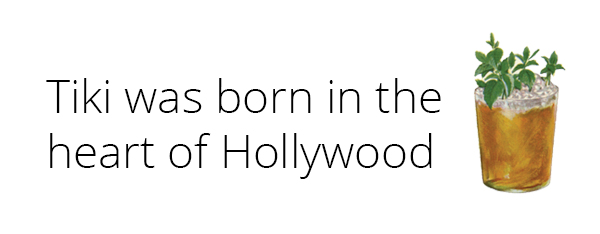
Born Ernest Raymond Beaumont Gantt, Donn Beach created his original bar, Don the Beachcomber, with artifacts culled from his travels to Tahiti, the Marquesas Islands, rum-rich Jamaica, and other exotic, far-away locales. Nearly penniless, he had washed up on the shores of Southern California near the tail end of Prohibition with an eye toward what was likely either fame or fortune (or a little bit of both). He also brought with him a whole lot of knowledge about rum—which, at that point, was barely imported, still largely unpopular, and very, very cheap. The year was 1934.
A plastic concept in a plastic town, tiki thrived. Don the Beachcomber became the spot for wealthy drinkers and celebrities, including eccentric millionaire Howard Hughes, who allegedly struck and killed someone with his car after leaving the bar one night.
By the 1940s, Donn Beach’s tiny, tropical bar exploded into an empire, expanding into a chain of restaurants across the United States.
To be clear: tiki was invented in Hollywood. There is absolutely nothing “authentic” about tiki. Though Polynesian cultures seem to have enthusiastically embraced the rum-fueled masquerade, all they are doing is perpetuating the lie. Tiki bars exploded in the late 1930s onward, thriving until the '80s, when kitschy rum drinks lost their draw, and many tiki bars eventually shuttered.
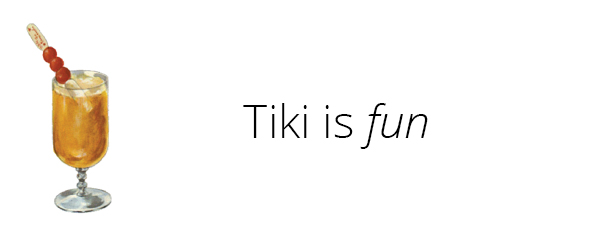
According to Paul McGee, the bearded genius behind Chicago’s Three Dots and a Dash (a bar recently named among the Best in America), tiki died because the quality of the drinks declined. At Three Dots, you’ll always find fresh juices and very good rum and often a mix of a variety of both.
Following the death of the Trader Vic’s outpost in 2011, Three Dots is the only destination for tiki to be found in Chicago proper. And it is, as everyone seems to agree, just what this city needed. Even in the dead of winter, there are long lines down the alleyway to the entrance of this otherworldly, subterranean paradise. Three Dots and a Dash is nothing like Hala Kahiki, which embraces the old-school, so-so approach to tiki (granted, with grace and charm and a whole lot of booze—forgivable sins, if you ask me).
Contemporary tiki culture is happily approachable, unlike the droves of craft cocktailing spots that have cropped up everywhere, undoubtedly spurring on dramatic headlines like GQ’s "Chicago: America’s Best Drinking City." Behind every tiki bar is a person in an enviable Hawaiian shirt making delicious drinks with lots and lots of rum. Some of the drinks at Three Dots have a cautioning skull next to them (read: DANGER! Drunkenness Ahead). For best results, try not to take yourself too seriously.
It’s all part of the genius of tiki—this, to be certain, was what Donn Beach was the first mastermind to realize. It’s not just the alcohol that takes us away from it all. The idea is to be transported, to be whisked away to some place where the drinks are plentiful and strong and the worries are few, if at all.
Tiki for what ails you. Tiki for celebrating. Tiki for no reason. Tiki to get a wicked hangover. Tiki to cure one. I, for one, am happy for the third wave of a trend McGee claims is still merely in its infancy.
Tiki for everyone.
Check out our guides to reviving other old favorites:
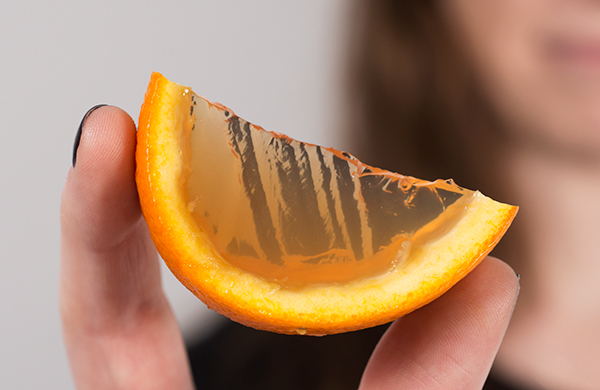 | 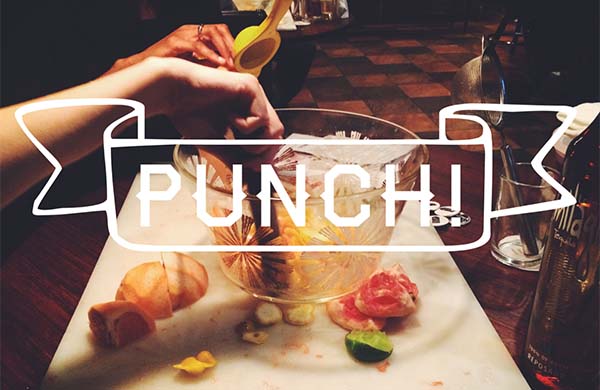 |
| This Is Not a Jell-O Shot | Follow This Mantra to Make a Bold, Boozy Punch |
Shop Goods for glassware and bar accessories:













